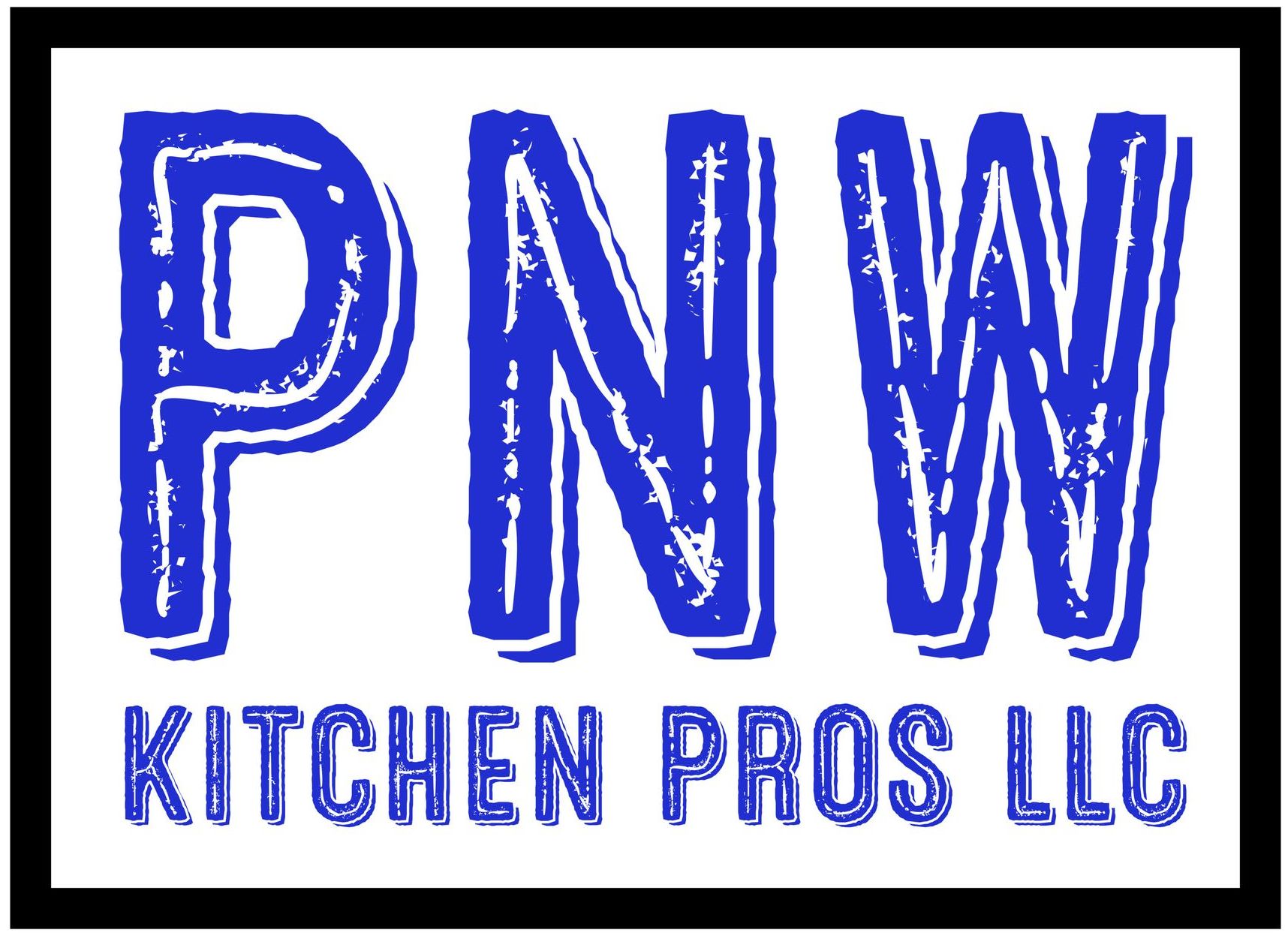What is NFPA 96?
NFPA 96 is a set of codes and standards maintained by the National Fire Protection Association for ventilation control and fire protection of commercial cooking operations. Fire marshals and insurance inspectors follow these requirements when inspecting commercial cooking operations. Commercial kitchens are required to adhere to these fire safety requirements related to design, installation, operation, inspection and maintenance of public cooking operations.
NFPA 96 4.1.5 Responsibility for inspection, maintenance and cleanliness of ventilation and fire control systems is the ultimate responsibility of the commercial kitchen owner, unless that responsibility has been transferred in writing to a management company or other party.
Duct Access & Access Panel
All interior surfaces of the exhaust system shall be accessible for cleaning and inspection purposes. All seams, joints and penetrations of the hood enclosure that direct and capture grease-laden vapors and exhaust gases shall have a liquid-tight, continuous external weld to the hood's lower outermost perimeter. Openings shall be provided at the sides or top of the duct, whichever is more accessible, and at change-in-direction points.
On horizontal ducts, at least one 508mm x 508 mm (20 inch x 20 inch) opening shall be provided for personnel entry. Where an opening of this size isn't possible, openings large enough to permit thorough cleaning shall be provided at 3.7m (12 foot) intervals. If not easily accessible from a 3m (10 foot) stepladder, openings on horizontal grease duct systems shall be provided with safe access and a work platform. Where personnel entry is not possible, adequate access for cleaning shall be provided on each floor. All seams, joints, penetrations and duct-to-hood connections shall have a liquid-tight, continuous external weld.
Fan Access Panel
Upblast fans shall be supplied with an access opening of a minimum 76mm x 127mm (3 inch x 5 inch) or circular diameter of 101mm (4 inch) on the curvature of the outer fan housing to allow for cleaning and inspection of fan blades. On existing upblast fans where sufficient access is not available to allow for the removal of grease contamination, an approved hinge mechanism or access panel shall be installed.
Electrical Wiring & Fan Hinges
Rooftop terminations shall be arranged with or provided with exhaust fans and hinged upblast fans supplied with flexible weatherproof electrical cable and a service hold-open retainer that permits inspection and cleaning. Approved upblast fans with motors surrounded by the airstream shall be hinged, supplied with flexible weatherproof electrical cable and service hold-open retainers, and labeled for this use. No wiring systems of any type shall be installed in ducts.
Rooftop Grease Containment
Rooftop termination shall be arranged with or provided with (1) the ability to drain grease out of any traps or low points formed in the fan or duct near the termination of the system into a collection container that is noncombustible, closed, rainproof and structurally sound for the service to which it is applied and will not sustain combustion. (2) A grease collectiondevice that's applied to exhaust systems that doesn't inhibit the performance of any fan, (3) listed grease collection systems that meet the requirements of the foregoing. Upblast fans shall have a drain directed to a readily accessible and visible grease receptacle not to exceed 3.8l (one gallon).
Hood Grease Filters
Listed grease filters, baffles, or other grease removal devices for use with commercial cooking shall be provided. Listed filters and grease removal devices that are removeable but not an integral component of a specific listed exhaust hood shall be listed in accordance with UL 1046. Mesh filters shall not be used unless evaluated as an integral part of a listed exhaust hood or listed in conjunction with a primary filter in accordance with UL 1046. Grease filters shall be listed and constructed of steel or listed equivalent material, and shall be of rigid construction that won't distort or crush under normal operation, handling or cleaning conditions. Filters shall be arranged so all exhaust air passes through them, and they shall be easily accessible and removeable for cleaning. They shall also be installed at an angle not less than 45 degrees from the horizontal.
Inspection & Cleaning Frequency
The entire exhaust system shall be inspected for grease build-up by a properly trained, qualified and certified company of person(s) acceptable to the authority having jurisdiction and in accordance with the table below. Upon inspection, if the exhaust system is found to be contaminated with deposits from grease-laden vapors, the contaminated portions of the exhaust system shall be cleaned by a properly trained, qualified and certified company or person(s) acceptable to the authority having jurisdiction. Hoods, grease removal devices, fans, ducts and other appurtenances shall be cleaned to remove combustible contaminants prior to surfaces becoming heavily contaminated with grease or oily sludge.
Solid Fuel Cooking & Spark Arrestor Filters
Grease removal devices shall be constructed of steel or stainless steel, or be approved for solid fuel cooking. If airborne sparks and embers can be generated by the solid fuel cooking operation, spark arrestor devices shall be used prior to using the grease removal device to minimize entrance of sparks and embers into the device and into the hood and duct system. Filters shall be a minimum of 1.2m (4 feet) above the appliance cooking surface.
NFPA 96 Inspection Schedule for Grease Build-Up
Monthly Inspection - Systems serving solid fuel cooking operations Quarterly Inspection - Systems serving high-volume cooking operations, such as 24-hour cooking, charbroiling or wok cooking Semi-annually Inspection - Systems serving low-volume cooking operations Annually Inspection - Systems serving low-volume cooking operations, such as churches, day camps, seasonal businesses or senior lefts
